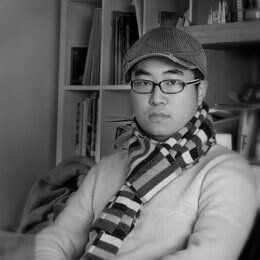Born in 1980 in Shanghai, Yang Yongliang graduated from China Academy of Art in 1999, majored in visual communication. He currently works and lives in Shanghai.
He started his experiments with contemporary art in 2005, and his practice involved varied media including photography, painting, video and installation. Yang exploits a connection between traditional art and the contemporary, implementing ancient oriental aesthetics and literati beliefs with modern language and digital techniques. His work as an expanding meta-narrative that draws from history, myth and social culture, and plays out in the context of the city and its ever-changing landscapes.
He started to learn traditional Chinese art and culture since childhood, the influence of which is seen in the form of his art: a sense of traditional aesthetics can be clearly perceived. In terms of media and content, however, it is brimming with a strong sense of post-modernism.
Yang’s work has been exhibited at
Moscow Biennale,
Ullens Center for Contemporary Art and
National Gallery of Victoria among others and is collected by public institutes such as the
British Museum and the
Metropolitan Museum of Art.
Source: Prix Pictet
